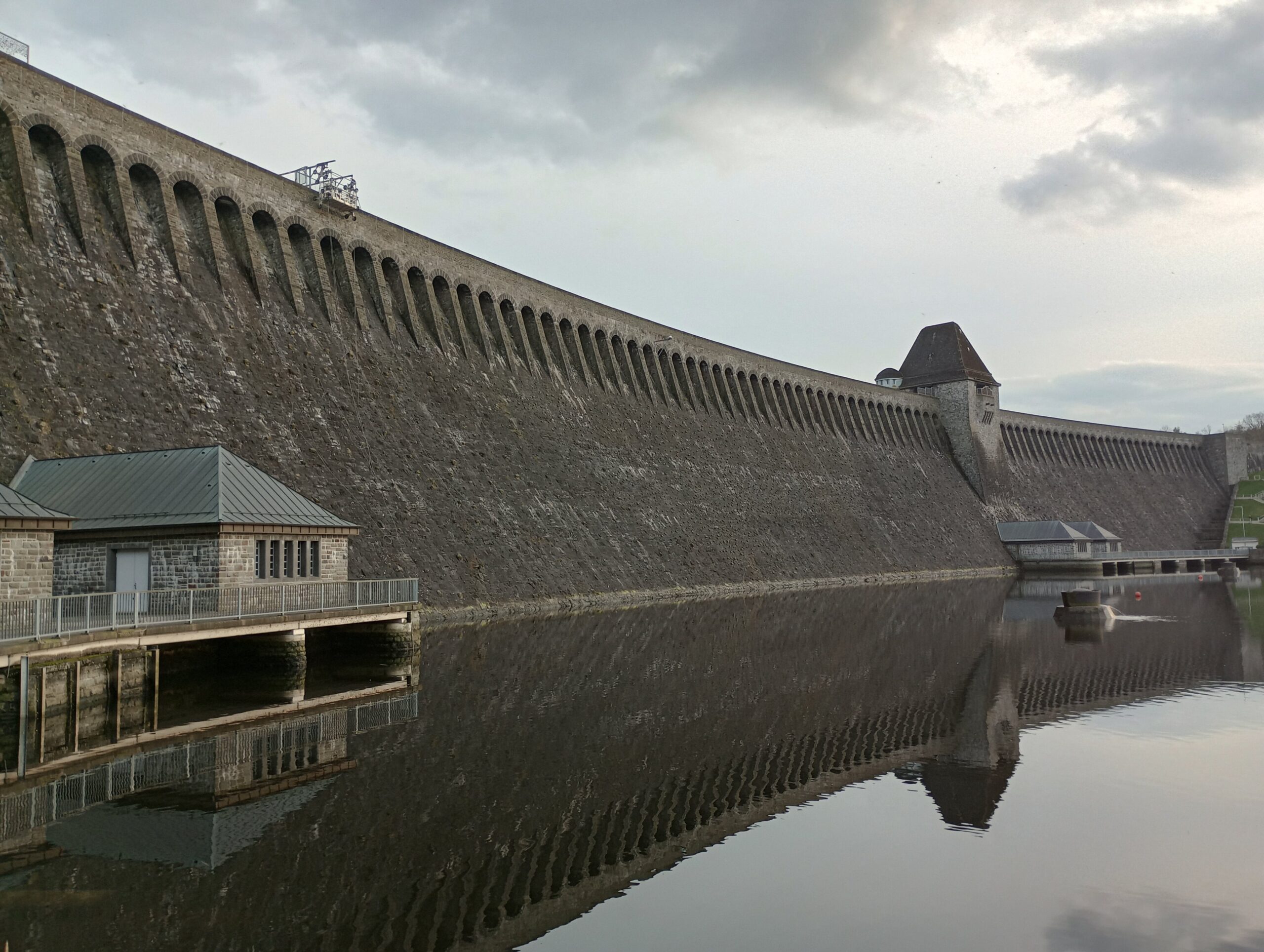Wednesday 20th March 2024 – Neheim and the Möhne Dam.
Having visited Rheinberg War Cemetery, I headed for Neheim and the Möhne Dam, to further consider the cost and the consequence. Neheim is a short distance downstream from the dam, and the site of numerous forced labour camps in 1943. Many, very close to the river, were simply swept away in the early hours of 17 May.
For many people the Dambusters has been their entry point to the story of Bomber Command. Yesterday’s visit was the second time I had been to the the Möhne Dam, and again I was awed by its sheer size, and from various viewpoints considered the extraordinary airmanship and bravery of the 617 Squadron aircrews, and the ingenuity of Barnes Wallis, devising a means by which to breach the thick, deep, dam walls. The raid is a remarkable feat and extraordinary story.
But what of the cost. Was it worth it? I’m not sure there is unanimous agreement amongst historians. Certainly it sent a shock wave through the Nazi hierarchy – what else was the RAF capable of. It was part of the sustained 1943 Battle of the Ruhr specifically targeting Germany industry, and the newspapers in the UK did all they could to use the raid to boost morale.
Fifty-three airmen were killed, and three became prisoners of war. They are, quite rightly, remembered. Hundreds of civilians and forced labourers were also killed. Many of these were buried in mass graves in Neheim, and herewith are some of the respective memorial stones at the grave locations in the cemetery.
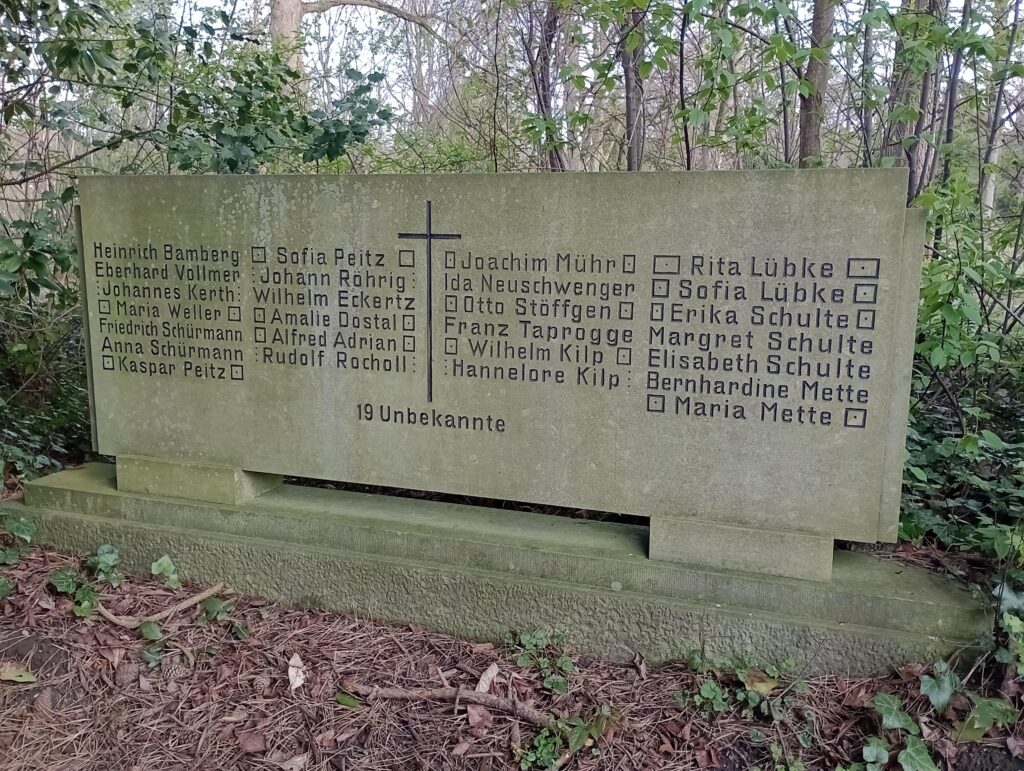
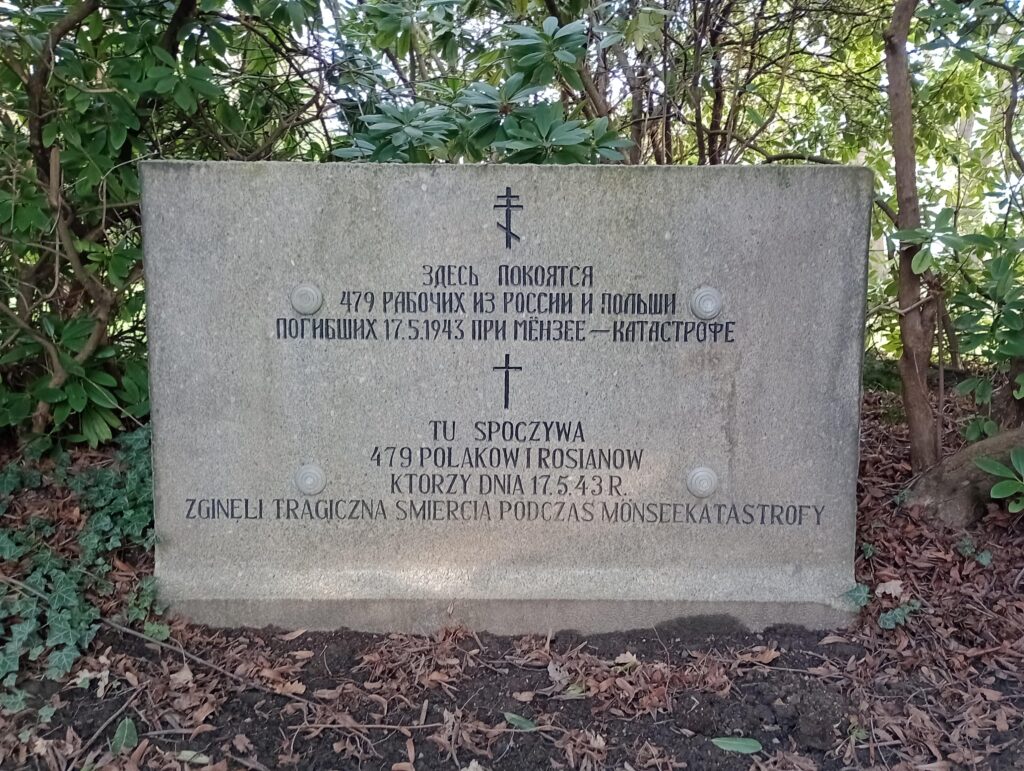
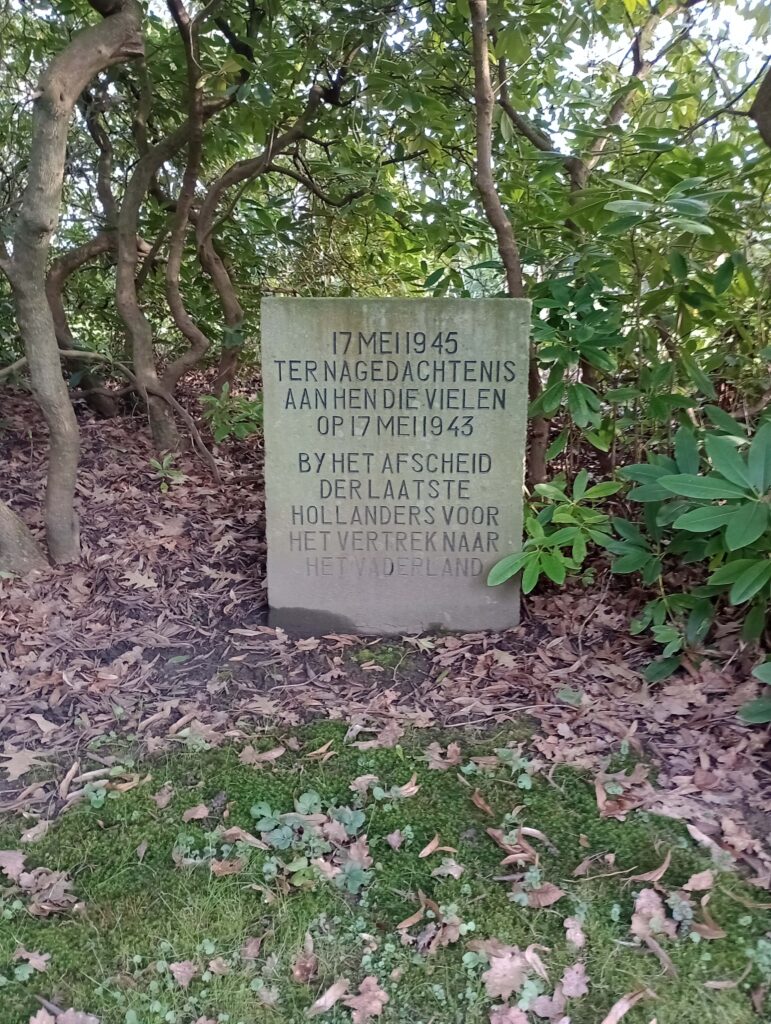
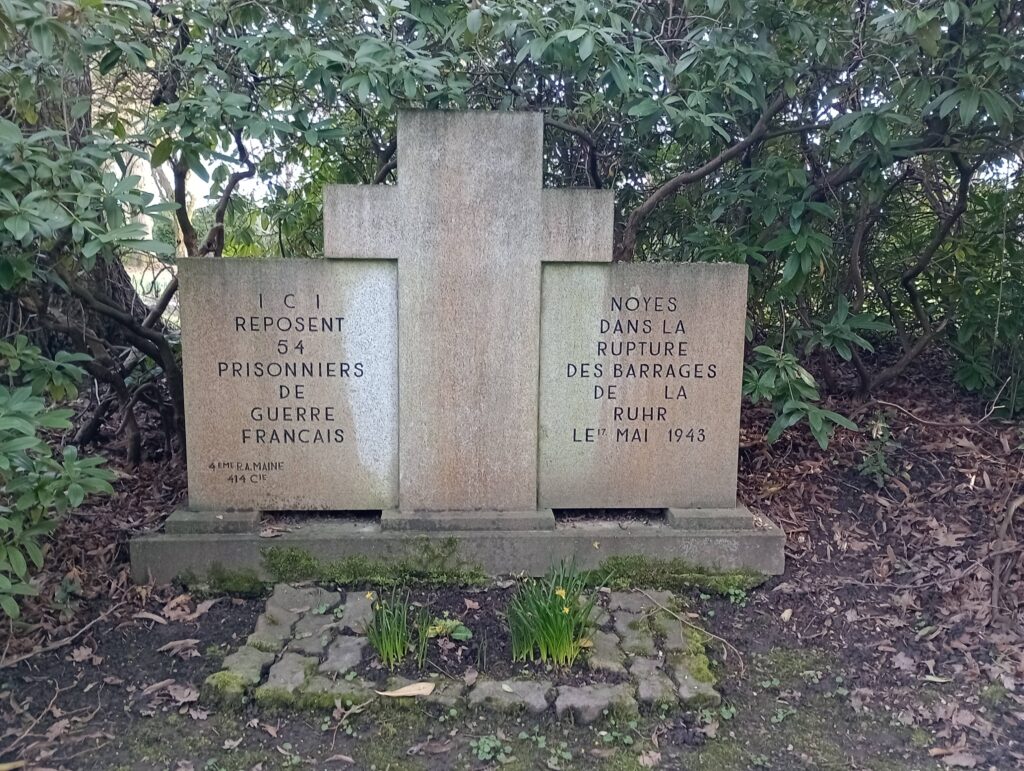

What is noticeable is that most of the German civilians are named. (I have only shown one of the four panels naming German civilians.) None of the forced labourers are named. What of their story?
Next – Buchenwald concentration camp.
